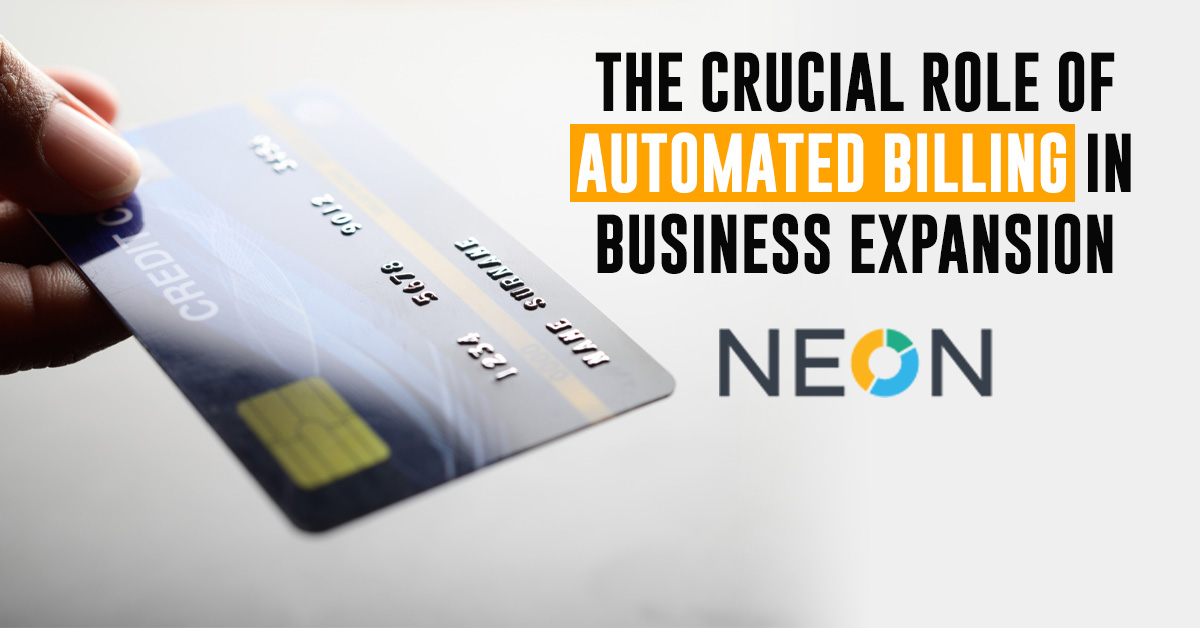Introduction
For any business aiming to grow, automation is a must. In the current digital age, integrating machine learning and digital workflows into business operations streamlines processes, enhancing efficiency and freeing up human resources for more strategic tasks. While sales, supply chains, factory operations, and even deliveries have embraced automation, many businesses lag in automating financial processes, especially billing. Without automated billing, achieving sustainable business growth can be challenging.
Timely and accurate billing is crucial for managing cash flow, but automation extends beyond merely generating invoices. The process begins with ensuring your billing system incorporates all relevant data, often from various sources. This essential task, known as data normalisation or “mediation,” prevents revenue leakage. Following mediation, automation encompasses payments, revenue recognition, collections, agreement management, and reporting. For billing systems to support growth, they must integrate seamlessly with other business processes. Automation provides the flexibility needed to configure new revenue models without extensive coding.
The Importance of Billing Automation
A mix of one-time purchases, subscriptions, and usage-based pricing models is key to digital growth. Supporting this variety while maintaining a positive customer experience requires precise and timely automated billing, making cash flow more predictable. Automating financial processes also simplifies experimenting with new business and pricing models. Research from Manifesto Growth Architects indicates that 70% of businesses view membership and subscription models as pivotal for future growth. With the right automated systems, adjusting service models and pricing becomes straightforward, allowing for fine-tuning and testing new business ideas.
The COVID-19 pandemic demonstrated how hosted services facilitate automating and scaling operations during crises. Cloud platforms can manage increasing transaction volumes and adapt to varying workloads from different billing models. They also streamline data aggregation for analytics.
Adopting recurring and usage-based pricing often necessitates automation to solve specific challenges. For example, automated revenue recognition is crucial for managing multiple billing models, such as subscriptions, usage-based billing, and bundles. Automation establishes rules to standardise revenue recognition, creating a clear audit trail for payments, service fees, and compliance with regulations like ASC 606.
Manual processes are not scalable, especially with complex pricing models. An intelligent financial hub can integrate business processes to track financial flows, identify new opportunities, and pinpoint failures.
Steps to Automate Recurring Billing
Before automating billing, groundwork is essential, starting with modeling pricing plans. Considering the common SaaS pricing models can provide a foundation:
-
Flat-rate subscription pricing
A straightforward model with a set price for services, typically billed annually. This “all-you-can-eat” approach eliminates the need to track usage.
-
Usage-based pricing
The “pay-as-you-go” model charges based on volume or specific usage, lowering entry barriers and preventing high-volume users from exploiting fixed pricing.
-
Tiered, usage-based pricing
Fees vary based on usage levels, reducing lost revenue potential and offering upselling opportunities.
Understanding these models’ nuances, such as pricing bundles and discounts, is crucial. Anticipate market trends and devise solutions accordingly, possibly combining various pricing strategies for more revenue opportunities. Developing models in advance helps stay competitive.
Once pricing models are set, focus on other elements for automated billing:
-
Workflow mapping
Outline data exchanges between departments and applications, email notifications, and calls to external services. Include self-managed opt-in systems and trial service registrations in the workflow.
-
Payment options
Provide diverse payment methods like mobile payments, bank transfers, ACH, credit cards, and regionalised options. For global sales, consider local currencies, exchange rates, and taxation.
-
Automated invoicing and payments
Develop systems for automatic invoice generation and payment acceptance, including automated retries, dunning, and collections.
This overview of billing automation highlights essential components for modifying billing operations. As additional variables like scalable pricing, third-party services, and product bundles come into play, the billing model’s complexity increases. Configuring an automated billing system is preferable to building one from scratch.
Integrating Advanced Technologies for Enhanced Automation
Beyond the basics of automation, integrating advanced technologies such as artificial intelligence (AI) and machine learning can further optimise billing processes. AI can predict customer behavior, offering insights into which pricing models are most effective. Machine learning algorithms can detect anomalies and potential fraud, enhancing the security and reliability of financial transactions. Additionally, AI-driven analytics can provide detailed reports and forecasts, aiding in strategic decision-making and long-term planning.
Enhancing Customer Experience through Automation
Another significant advantage of automated billing is the enhancement of customer experience. With automated systems, businesses can offer more flexible payment options, provide timely invoices, and ensure accurate billing. This reliability builds customer trust and satisfaction, leading to higher retention rates. Customers appreciate the convenience of automated systems, such as setting up recurring payments, which reduces the chances of missed payments and late fees.
To Conclude
With a robust automated billing infrastructure, businesses can explore new models and strategies for growth, ensuring that billing processes do not hinder their success. By investing in automated billing systems, companies can improve operational efficiency, enhance customer satisfaction, and unlock new revenue opportunities.




